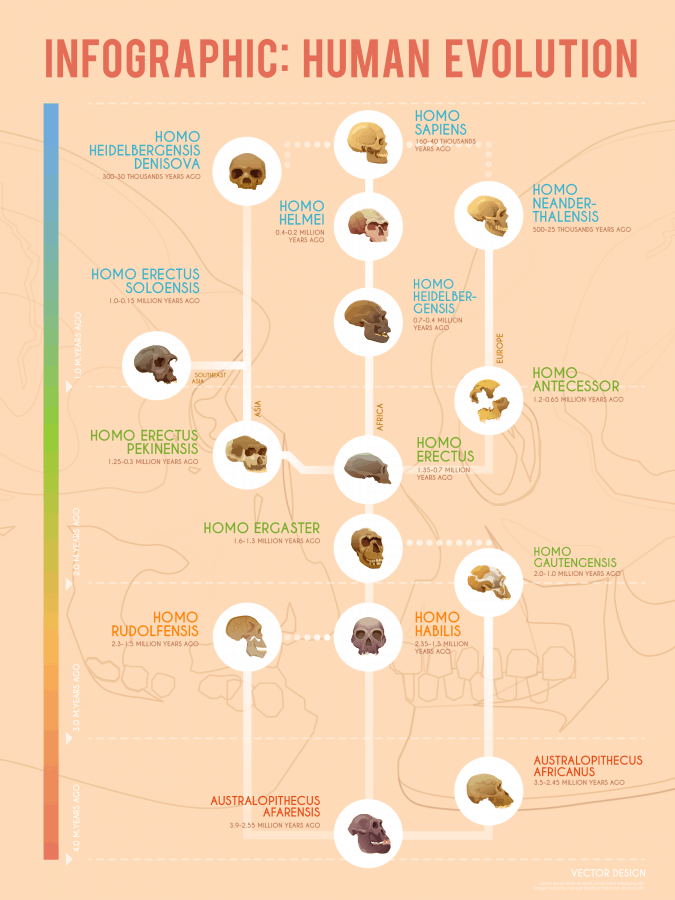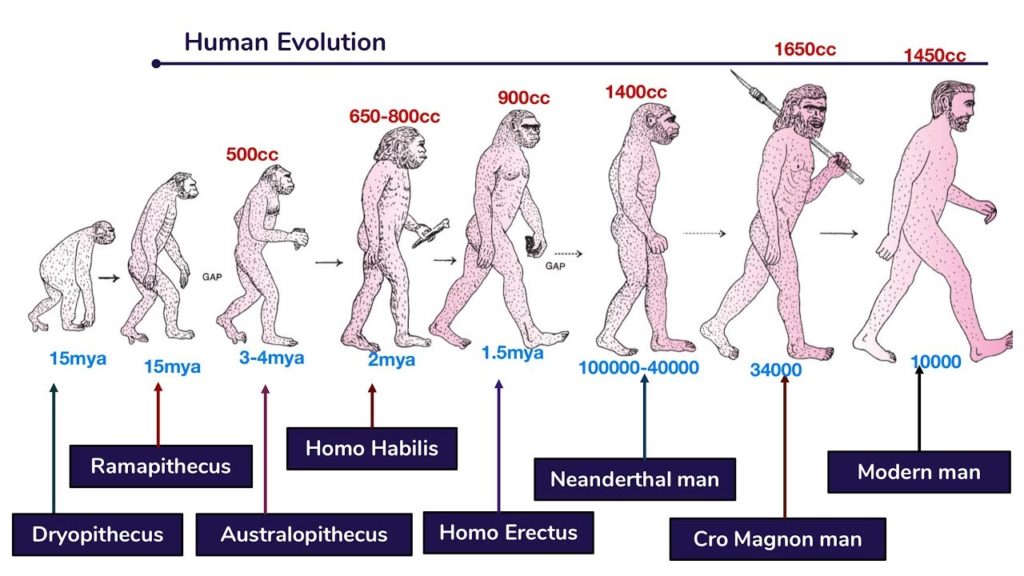Recent Human Evolution in the Past 1000 Years
Disease ResistancePermalink
Greg is right that disease has been one of the strongest selective pressures on the human genome in recent times. Plasmodium falciparum malaria resistance is a clear example of this. In malaria-prone regions of Africa, the frequency of alleles that provide resistance to the malaria parasite, such as sickle cell trait, is much higher than elsewhere due to strong natural selection. Possessing one copy of the sickle cell gene reduces susceptibility to malaria, while two copies cause sickle cell anemia, balancing the pressure. Other examples include increased resistance to infectious diseases like influenza and smallpox as a result of past pandemics.

Ability to Digest Milk in AdulthoodPermalink
Another non-disease example of recent human evolution is the spread of the ability to digest milk in adulthood. Around 5,000-10,000 years ago, this genetic trait began increasing in frequency as people adopted agricultural lifestyles involving cattle domestication. Now most people worldwide retain this ability, in contrast to most mammals. This adaptation to digest lactose in milk past infancy demonstrates how culture and environment can drive genetic changes on short timescales.
Skeletal Adaptations to High AltitudePermalink
Isolated human populations that moved to live at high altitudes, like the Andes or the Himalayas, quite rapidly developed genetic adaptations to the low-oxygen conditions. Specifically, variants arose that allow blood to carry more oxygen and cope with the thin air. Skeletal robustness similarly increased in these groups within just a few generations due to adaptation. These examples illustrate how strong selective pressures can produce physiological changes on timescales of mere centuries.
Medical Advancements Impact EvolutionPermalink
Some modern medical interventions have begun altering human evolution patterns in unintended ways. The development of effective insulin therapy in the 1920s meant that juvenile diabetes was no longer uniformly fatal. This has likely contributed to rising diabetes prevalence worldwide as more affected individuals now reach adulthood and have children. Similarly, widespread eyeglass use from the 1800s onward enabled those with vision impairments, including severe astigmatisms, to participate fully in society and reproduce where otherwise they may have been excluded. Presently, technology compensates for certain genetic traits, changing selective pressures.
Recent Human Evolution in the Past 1000 YearsPermalink
Variation in Tooth DevelopmentPermalink
On average, human jaws seem to be getting smaller while teeth remain the same size. This mismatch has led to an increase in overbites and issues fitting wisdom teeth. Wisdom teeth, in particular, are declining - fewer people now develop them at all or they remain tiny pegs. As malocclusions become problematic, natural selection may be removing wisdom teeth from the human genome altogether. Other dental changes include trends toward straighter, whiter teeth overall.
Increased Medicalization of LifePermalink
The medicalization of conditions that were previously disabling or life-threatening has significant evolutionary implications. Identifying genetic factors underlying medical issues means more people with those traits now reach adulthood. As discussed, this applies to diabetes and vision impairments. It may also impact prevalence of autoimmune diseases, mental health issues, and other currently treatable genetic predispositions. In general, mechanisms that were previously Under strong negative selection are being relaxed by modern healthcare.
Detecting Recent EvolutionPermalink
Advancing genetic sequencing capabilities allow more precise examination of recent human evolutionary changes. By comparing genome sequences from different time periods, all genetic variants selected for or against within that window can be detected. Previous studies could only find areas undergoing strong selection vialinkage disequilibrium mapping.Now we can directly observe single nucleotide polymorphisms that were increasing or decreasing in frequency from one generation to the next. As sequencing costs continue declining, analyzing larger sample sizes across history will provide a clearer view of evolution over the last 1000 years and beyond.
Recent Human Evolution in the Past 1000 YearsPermalink
Microevolution of Physical TraitsPermalink
Certain visible trait frequencies have fluctuated noticeably within short timeframes. Red hair, for instance linked to variations in the MC1R gene, spread among European groups over the past 1000-2000 years and has been positively selected until recently. Changes in stature, body proportions and pigmentation also correlate with ancient migrations and admixture events. Similarly, prevalence of birth defects decreases with distance from Chernobyl nuclear disaster due to selective pressure against genetic damage in the affected region. These serve as examples of microevolution influencing observable physical characteristics at micro geographic and chronological scales.
Continued Discovery of AdaptationsPermalink
As genetic data accumulate from worldwide populations, novel examples of recent adaptations will continue emerging. One such find was exceptionally dense bones conferring resistance to fracture in a Midwestern family, stemming from an LRP5 gene mutation. Beneficial changes like this and ApoA-1 Milan, protecting against heart disease, demonstrate adaptation occurring on contemporary timescales and driven by ecological rather than geographical factors. With reference populations growing in number and diversity, formerly rare or private variants will be placed in an adaptive context. This advancing view into the intricacies of human genotype-phenotype relationships will shape our understanding of evolution.
Interplay Between Genetics and EnvironmentPermalink
The genotype does not fully predict the phenotype - environment heavily influences which traits are expressed and selected. Changes in human niche construction like agriculture, medicines and transportation have altered external selective pressures over centuries. This has likely spurred both adaptive microevolution, through directional selection on standing variation, as well as relaxed constraint permitting drift of previously disadvantageous alleles. Going forward, the complex interplay between genes and fast-changing modern lifestyles continues reshaping the human genome in often subtle but significant ways. Careful long term study accounting for these dynamics will be needed to comprehensively chart recent evolutionary pathways.
In summary, while each individual step may seem small, the cumulative effects of strong selective events coupled with major cultural transformations over the past 1000 years have demonstrably reshaped the human genome. Continued exploration both of DNA repositories and records spanning history will continue deepening our view of how selection, migration and adaptation intersect on microscales to drive ongoing human evolution.
